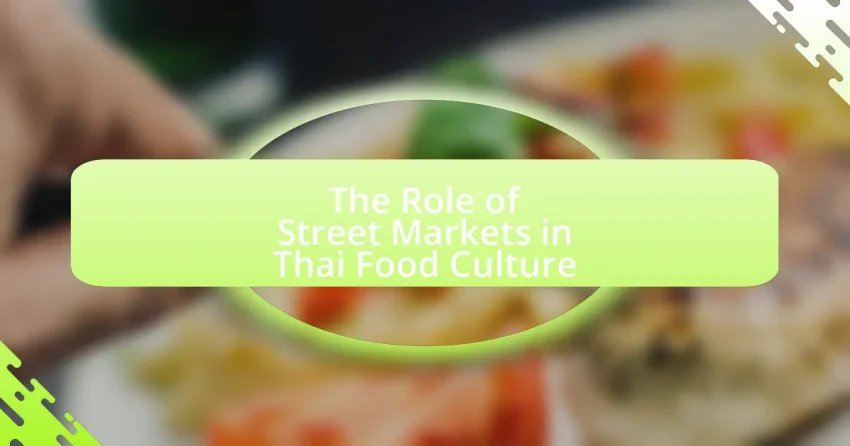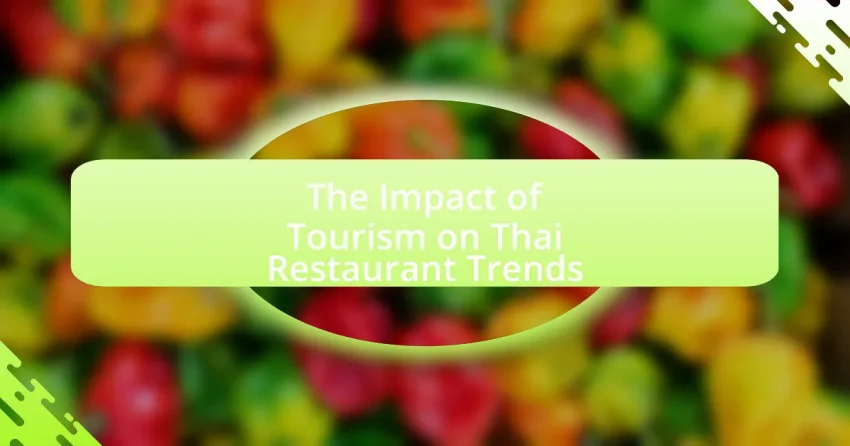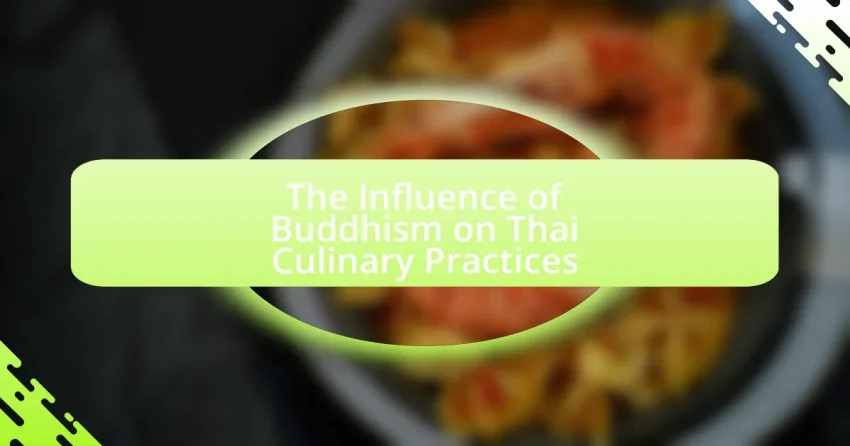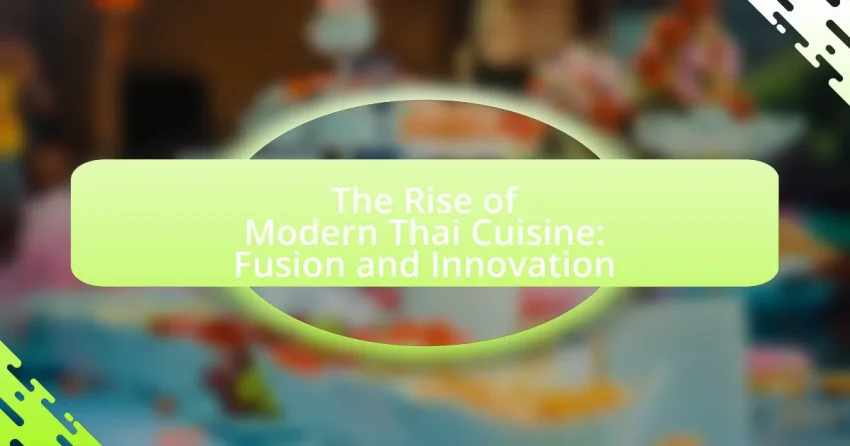Street markets are a fundamental aspect of Thai food culture, serving as vibrant centers for culinary diversity and social interaction. They offer a wide range of traditional dishes, such as Pad Thai and Som Tum, prepared with fresh, locally sourced ingredients, reflecting regional specialties. These markets not only support local economies and small-scale food entrepreneurs…
Cuisine Styles
Welcome to the world of Cuisine Styles! Here, you’ll discover a rich tapestry of culinary traditions from around the globe. Each article delves into the unique flavors, ingredients, and cooking techniques that define various cuisines. Whether you’re curious about the spicy dishes of Indian cuisine or the delicate balance of flavors in Japanese cooking, this category has you covered.
As you explore, you’ll find tips on popular recipes, key spices, and essential cooking methods. You’ll also learn about the cultural significance behind each style, enhancing your appreciation for diverse food customs. No matter your skill level, these articles aim to inspire your next culinary adventure. Get ready to embark on a delicious journey and expand your kitchen repertoire!
A Guide to Regional Variations of Thai Dishes
The article provides a comprehensive guide to the regional variations of Thai dishes, categorizing them into four main regions: Central, Northern, Northeastern (Isan), and Southern Thailand. It explores how local ingredients, climate, and cultural influences shape the distinct flavors and cooking techniques of each region. Key dishes such as Pad Thai, Khao Soi, Som Tum,…
Crafting the Perfect Pad Thai: Tips and Tricks
Pad Thai is a renowned Thai stir-fried noodle dish that combines rice noodles, eggs, proteins like shrimp or chicken, and a variety of vegetables and peanuts, creating a harmonious balance of sweet, sour, and salty flavors. Originating in the 1930s as part of a national campaign to promote Thai cuisine, Pad Thai has evolved into…
The Role of Fresh Herbs in Thai Cooking
Fresh herbs are essential in Thai cooking, providing vibrant flavors, aromas, and health benefits that enhance the complexity of dishes. Key herbs such as basil, cilantro, and mint contribute distinct flavor profiles that balance the sweet, sour, salty, and spicy elements characteristic of Thai cuisine. The article explores how these herbs not only elevate the…
The Art of Thai Street Food: Must-Try Dishes
The main entity of the article is Thai street food, which is significant for its representation of Thailand’s culinary heritage and cultural diversity. The article explores the importance of street food in reflecting local traditions, the historical influences that have shaped its development, and the role of local ingredients in creating authentic dishes. It highlights…
The Impact of Tourism on Thai Restaurant Trends
The article examines the significant impact of tourism on Thai restaurant trends, highlighting how the influx of international visitors drives demand for authentic and diverse culinary experiences. It discusses the adaptations made by restaurants, including menu changes to accommodate varying tastes, the rise of fusion cuisine, and the emphasis on regional specialties. Additionally, the article…
The Influence of Buddhism on Thai Culinary Practices
The article examines the significant influence of Buddhism on Thai culinary practices, particularly through the promotion of vegetarianism and mindful eating. It highlights the core Buddhist principles of non-harming (ahimsa), mindfulness, and moderation, which shape dietary habits and food choices among Thai Buddhists. The article discusses how these principles manifest in traditional Thai dishes, the…
How to Create Authentic Thai Curries at Home
Authentic Thai curries are traditional dishes known for their complex flavors derived from fresh herbs, spices, and a variety of ingredients. This article provides a comprehensive guide on how to create these curries at home, detailing the key ingredients, types of curries, and essential cooking techniques. It emphasizes the importance of balancing flavors, sourcing authentic…
The Rise of Modern Thai Cuisine: Fusion and Innovation
Modern Thai cuisine represents a contemporary evolution of traditional Thai food, characterized by the integration of global culinary influences and innovative techniques. This transformation, which began in the late 20th century, emphasizes the balance of flavors—sweet, sour, salty, and spicy—while incorporating local, organic ingredients to promote sustainability. Key aspects include the fusion of traditional Thai…
Cooking Techniques Unique to Thai Cuisine
The article focuses on the unique cooking techniques that define Thai cuisine, including stir-frying, steaming, and grilling. It explores how these methods contribute to the distinct flavors and textures of Thai dishes, emphasizing the importance of fresh ingredients and the balance of flavors. Additionally, the article examines the cultural significance of these techniques, regional variations…









